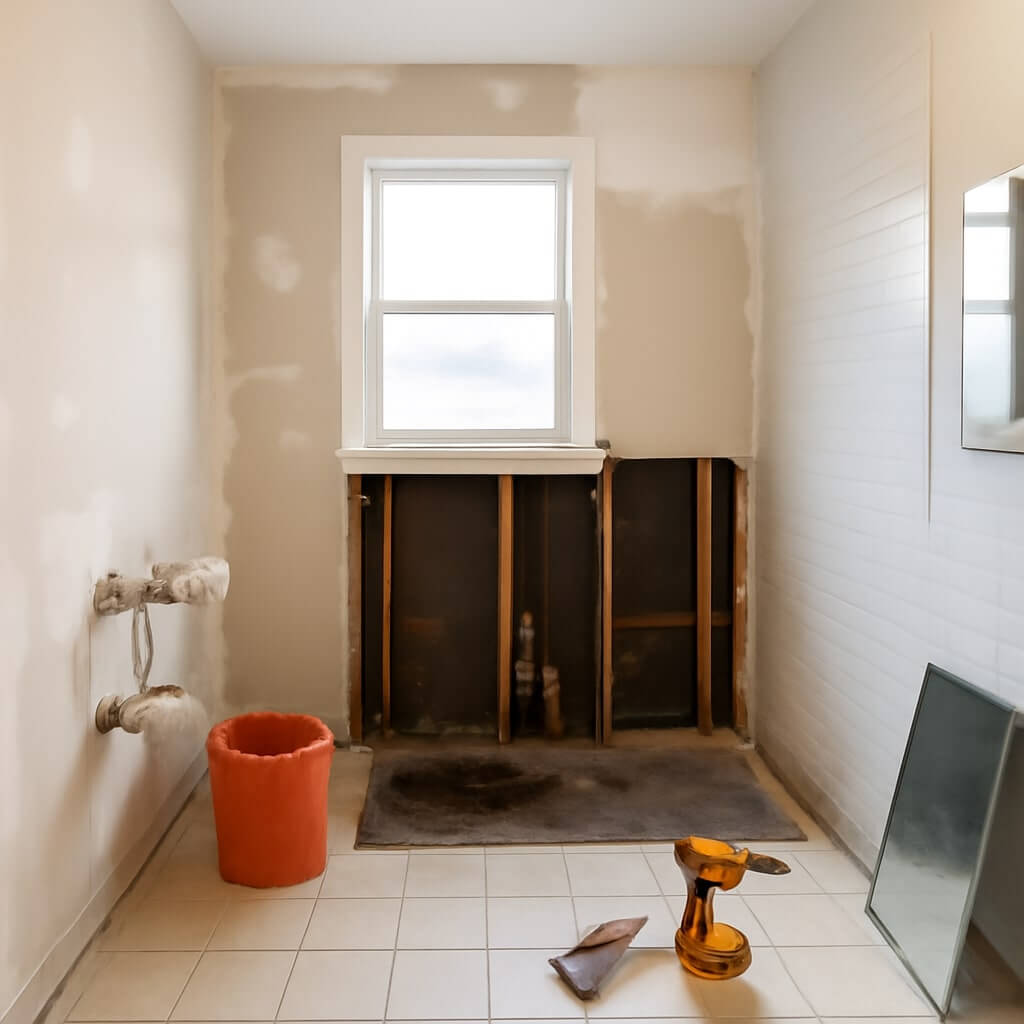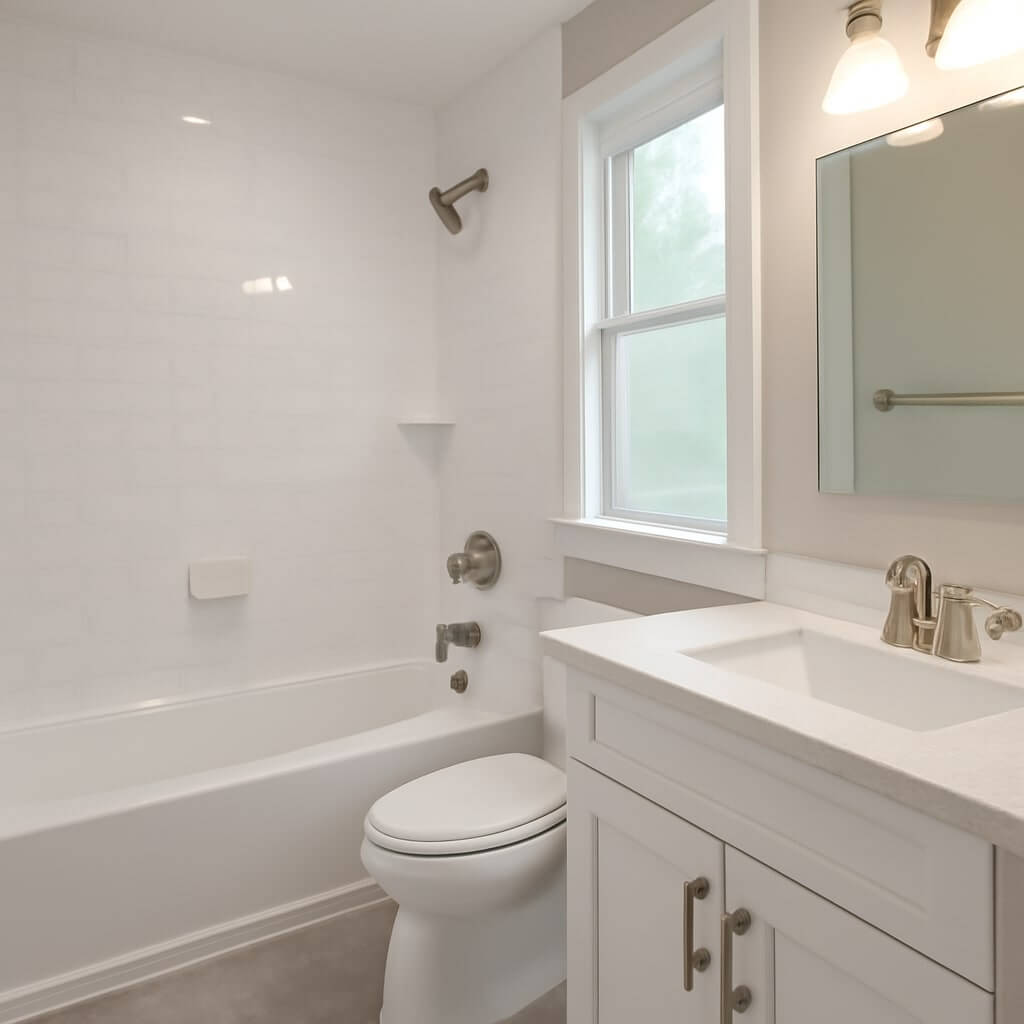When it comes to home renovations, few upgrades provide as much return on investment as a bathroom remodel. Whether you’re updating an outdated space or making necessary repairs, the benefits are clear. However, financing your bathroom remodel can be daunting for many homeowners. Understanding smart budgeting tips and exploring financing options can ease the stress of the process. This comprehensive guide provides you with all the information you need to effectively finance your bathroom remodel, ensuring that your project stays within budget and enhances your home.
The Importance of Budgeting for Your Bathroom Remodel
Budgeting is the foundation of any successful home renovation project, and bathroom remodeling is no exception. Setting a clear budget helps you prioritize your spending and ensures you don’t overspend on unnecessary upgrades. Whether you’re planning a simple refresh or a complete overhaul, an organized approach to budgeting can help you navigate the costs efficiently.
Key Factors to Consider When Budgeting
- Size of the Bathroom: The size of the space directly impacts the cost. Larger bathrooms require more materials, labor, and time.
- Scope of the Remodel: Decide whether you’re making minor cosmetic changes (like painting and new fixtures) or undertaking a full renovation (like plumbing, electrical, and structural changes).
- Material Choices: High-end materials (e.g., marble countertops, luxury flooring) will raise the overall cost. Opting for more affordable materials can help keep your remodel within budget.
- Labor Costs: Professional services, such as plumbing and electrical work, add to the total cost. Be sure to get multiple estimates from contractors.
Financing Options for Bathroom Remodels
Once you’ve created a budget, it’s time to explore financing options. Homeowners often struggle to pay for bathroom remodels upfront, so finding the right financial solution is key. Below are the top financing options for your bathroom remodel.
1. Personal Loans
Personal loans are a popular option for homeowners who need to finance a bathroom remodel. These unsecured loans offer flexibility and can be used for any purpose, including home improvements.
Pros:
- Fixed interest rates and predictable monthly payments.
- No collateral required.
- Quick access to funds.
Cons:
- Can come with higher interest rates than secured loans.
- Strict credit requirements for approval.
2. Home Equity Loans
A home equity loan allows homeowners to borrow against the value of their property. The loan is secured by your home, which generally results in lower interest rates compared to unsecured loans.
Pros:
- Lower interest rates.
- Fixed payment terms.
Cons:
- Your home is at risk if you fail to repay the loan.
- Can take longer to process compared to personal loans.
3. Home Equity Line of Credit (HELOC)
A HELOC is a revolving line of credit secured by your home, much like a credit card. You can borrow money as needed for your remodel and only pay interest on the amount you borrow.
Pros:
- Flexibility to borrow and repay as needed.
- Lower interest rates than personal loans.
Cons:
- Variable interest rates, which can increase over time.
- Your home is collateral, so there’s a risk if you can’t repay.
4. Credit Cards
If your bathroom remodel costs are relatively low, you might consider financing it with a credit card. Many credit cards offer 0% APR introductory periods, which can help you pay off the balance without paying interest.
Pros:
- No need for additional paperwork or approval process.
- Some cards offer 0% APR for a set period.
Cons:
- High interest rates after the introductory period.
- Potential for overspending.
5. Government Loans and Grants
Some government programs provide financial assistance for home improvements, especially if you’re upgrading for energy efficiency or accessibility. These loans often have favorable terms for qualified homeowners.
Pros:
- Lower interest rates or grants for qualifying homeowners.
- May be available for specific types of remodeling, such as energy-saving improvements.
Cons:
- Requires meeting eligibility criteria.
- May be limited in terms of the scope of the remodel.
6. Contractor Financing
Some contractors offer in-house financing options to help you pay for your bathroom remodel. This can be a convenient option, as it allows you to arrange payments directly through your contractor.
Pros:
- Convenient, as it’s arranged through the contractor.
- May offer flexible terms.
Cons:
- Interest rates may be higher than other options.
- You might be limited in terms of the loan amount and repayment terms.
Smart Budgeting Tips for Your Bathroom Remodel
To ensure that you don’t end up spending more than planned, it’s important to implement smart budgeting strategies. Here are a few tips to help you stick to your financial goals:
1. Prioritize Your Needs
When it comes to remodeling, make a list of essential upgrades (e.g., replacing old plumbing or upgrading the shower) and non-essential ones (e.g., luxury vanities or high-end finishes). Prioritize spending on the essential elements.
2. Get Multiple Estimates
Don’t settle for the first quote you receive. Get multiple estimates from contractors and compare pricing and services. This will help you determine whether you’re being charged fairly.
3. DIY Where Possible
Consider tackling some of the simpler tasks yourself, such as painting or installing light fixtures. Doing the work yourself can significantly reduce labor costs.
4. Plan for Unexpected Costs
Bathroom remodels often come with hidden costs, such as unexpected plumbing or electrical issues. Set aside 10-20% of your budget as a contingency for these unexpected expenses.
5. Look for Discounts and Deals
Watch for sales or discounts on materials or fixtures. Many home improvement stores offer periodic promotions, which can help you save on high-ticket items.
FAQ: Bathroom Remodel Financing
The average bathroom remodel costs between $5,000 and $15,000, depending on the size, scope, and materials. Smaller projects can be completed for less, while high-end remodels can reach upwards of $25,000.
Yes, some lenders offer financing for homeowners with bad credit, but expect higher interest rates. Consider secured options like home equity loans if you have poor credit.
Repayment terms vary depending on the financing option. Personal loans typically have terms of 2-7 years, while home equity loans and HELOCs can offer longer repayment periods.
Yes, there are government programs and grants available for specific types of remodels, such as those aimed at improving energy efficiency. Check with local government agencies to see if you qualify.
Conclusion
Financing a bathroom remodel can seem overwhelming, but with the right approach, you can make the process smoother and more manageable. By setting a clear budget, exploring various financing options, and implementing smart budgeting strategies, you can turn your dream bathroom into a reality without breaking the bank. Whether you opt for a personal loan, home equity financing, or contractor options, it’s essential to consider your financial situation and choose the best solution for your needs. With careful planning and the right financial strategy, your bathroom remodel will not only enhance your home’s value but also provide you with a refreshing new space to enjoy for years to come.




